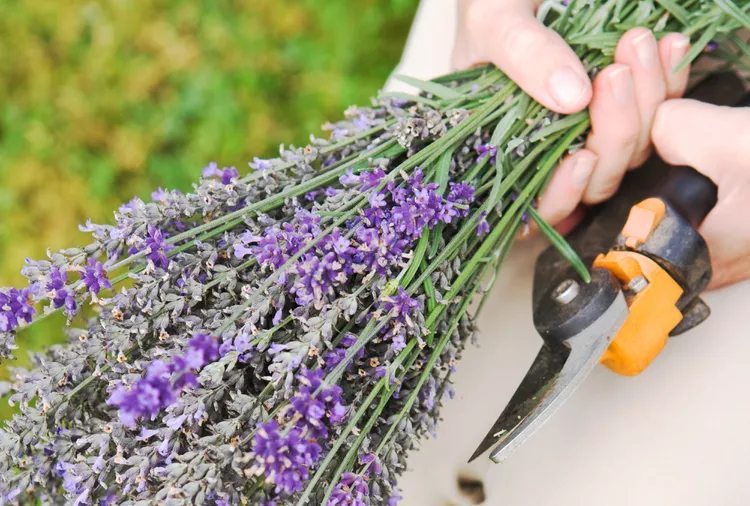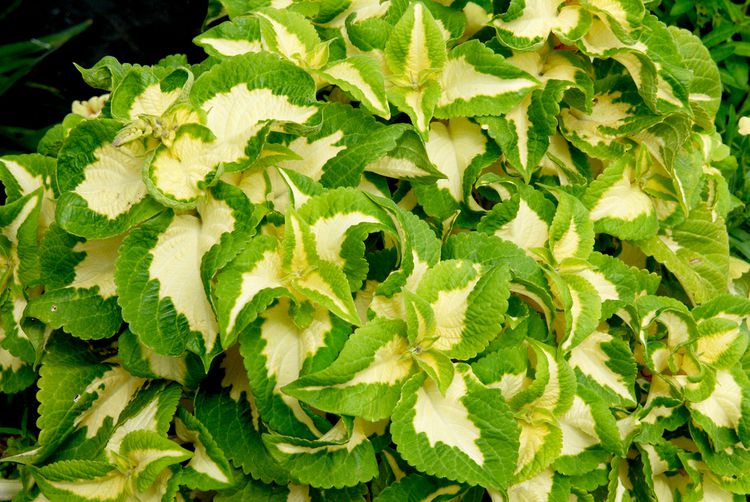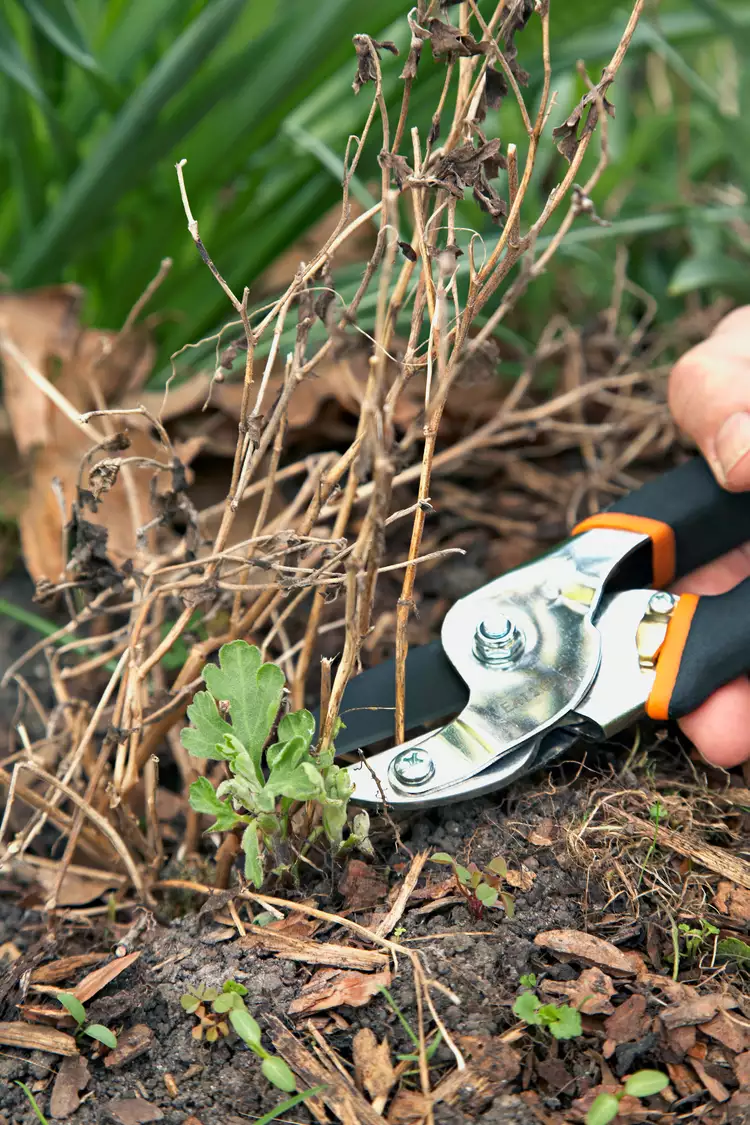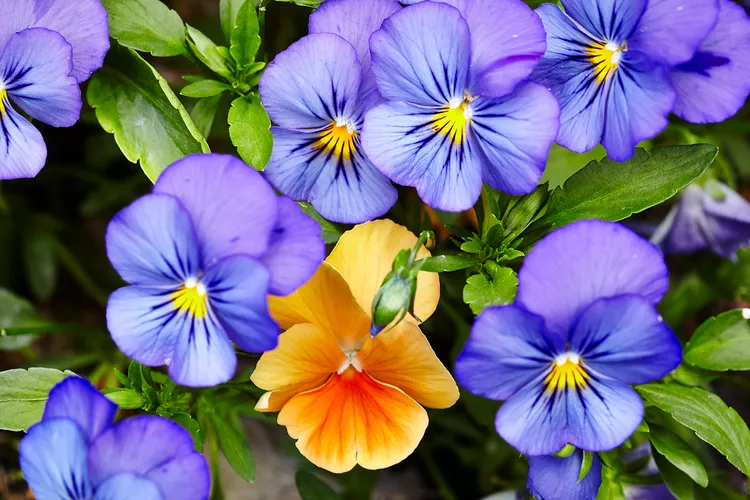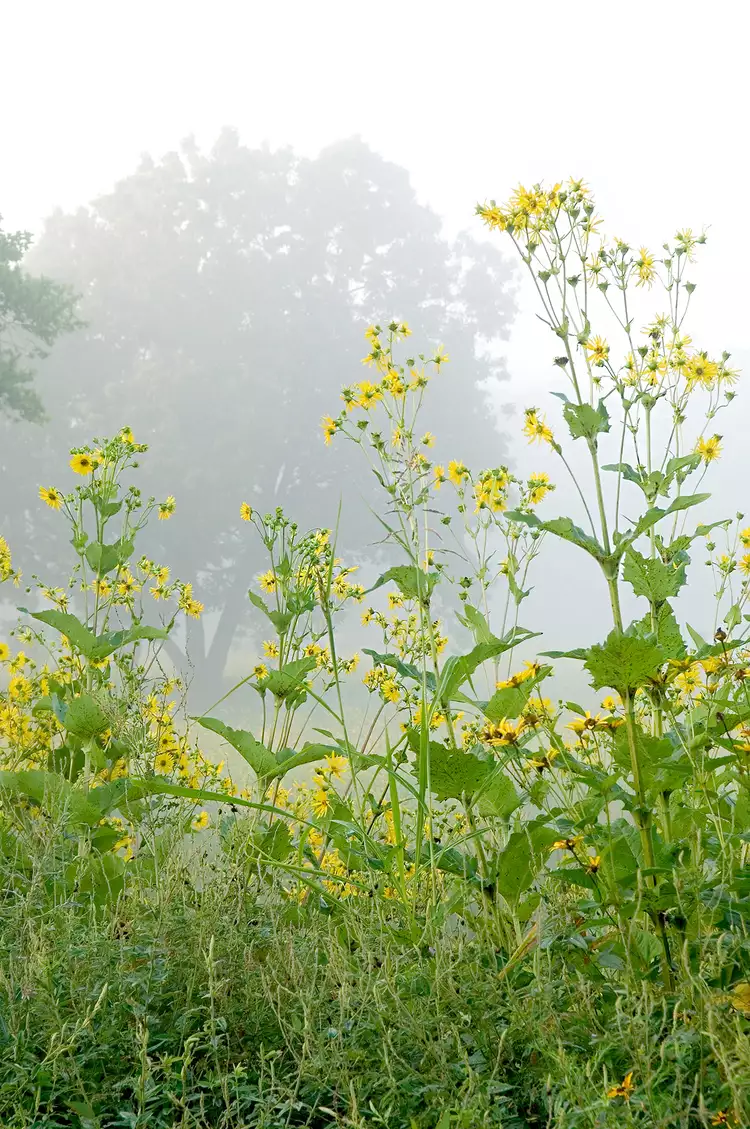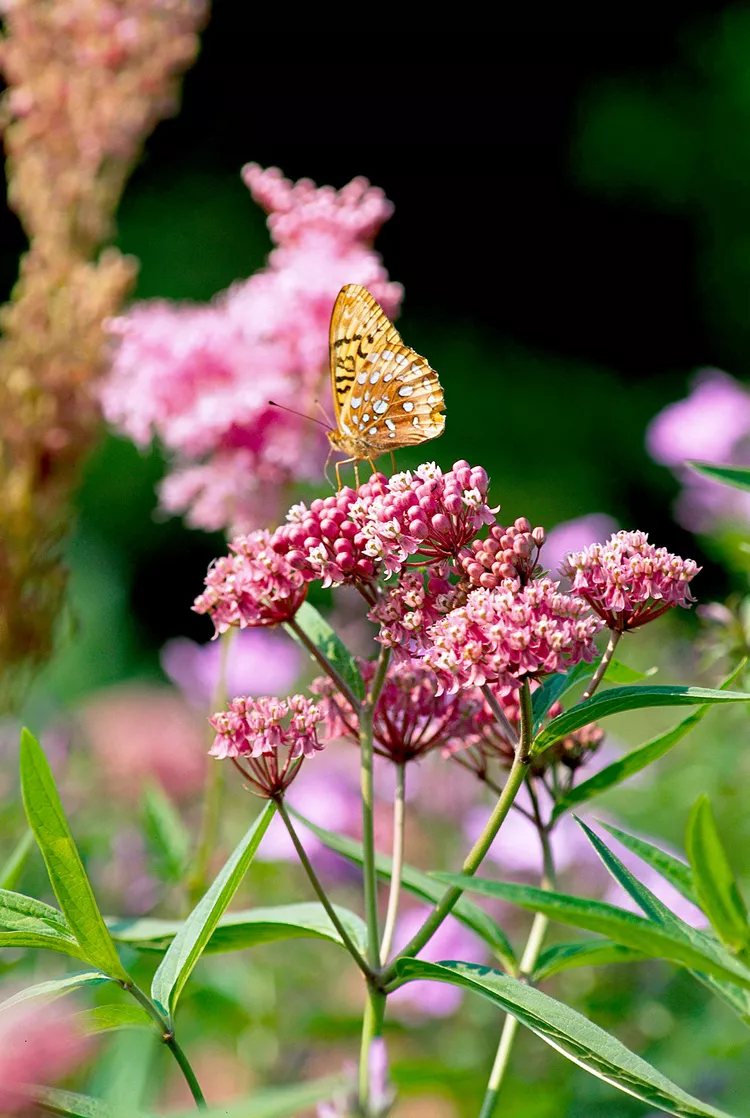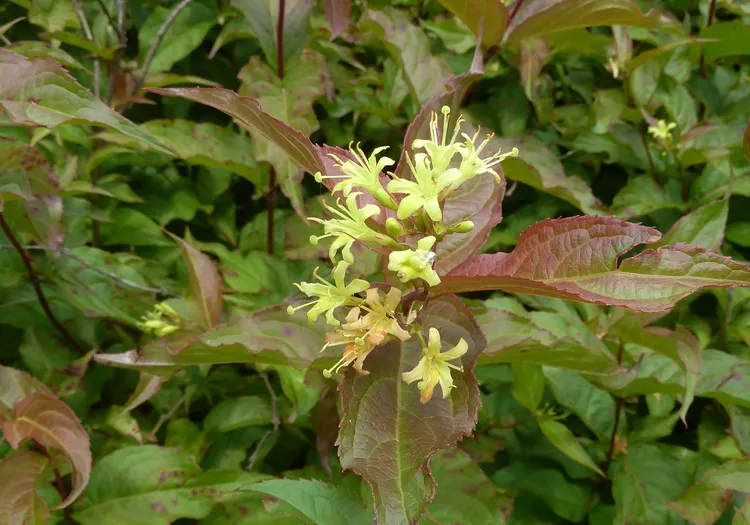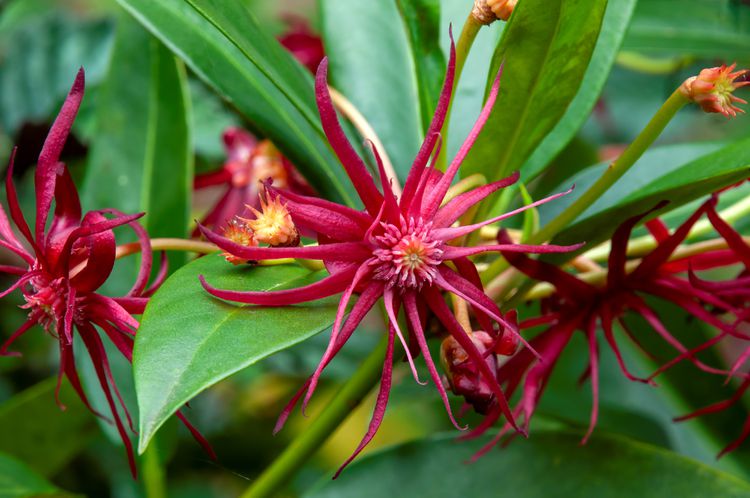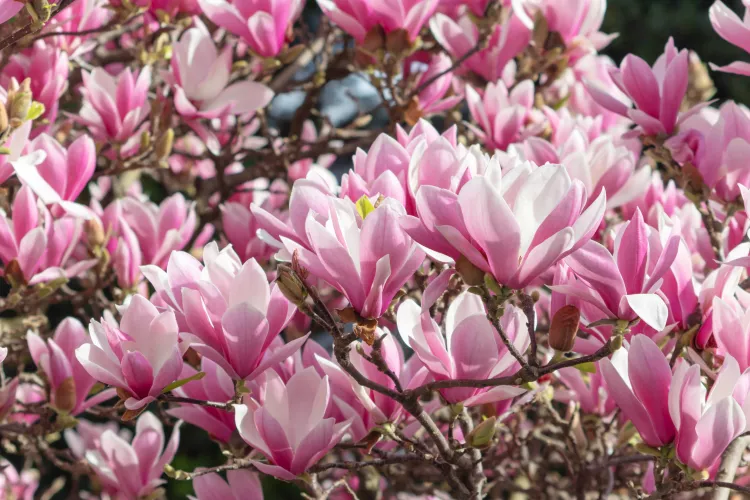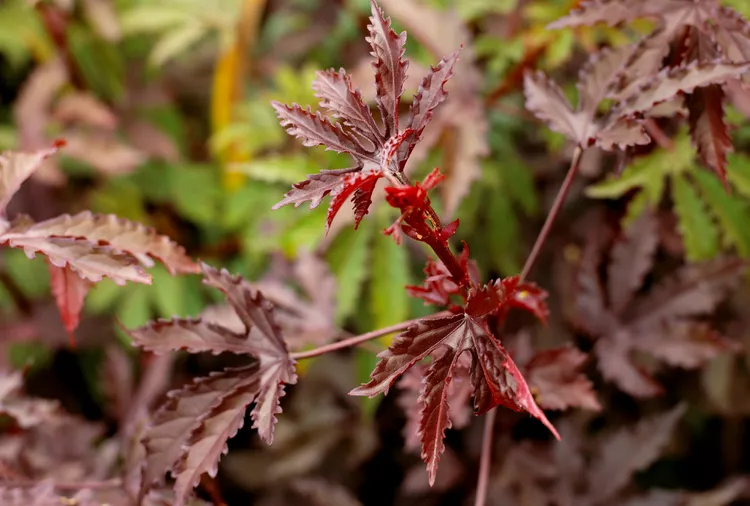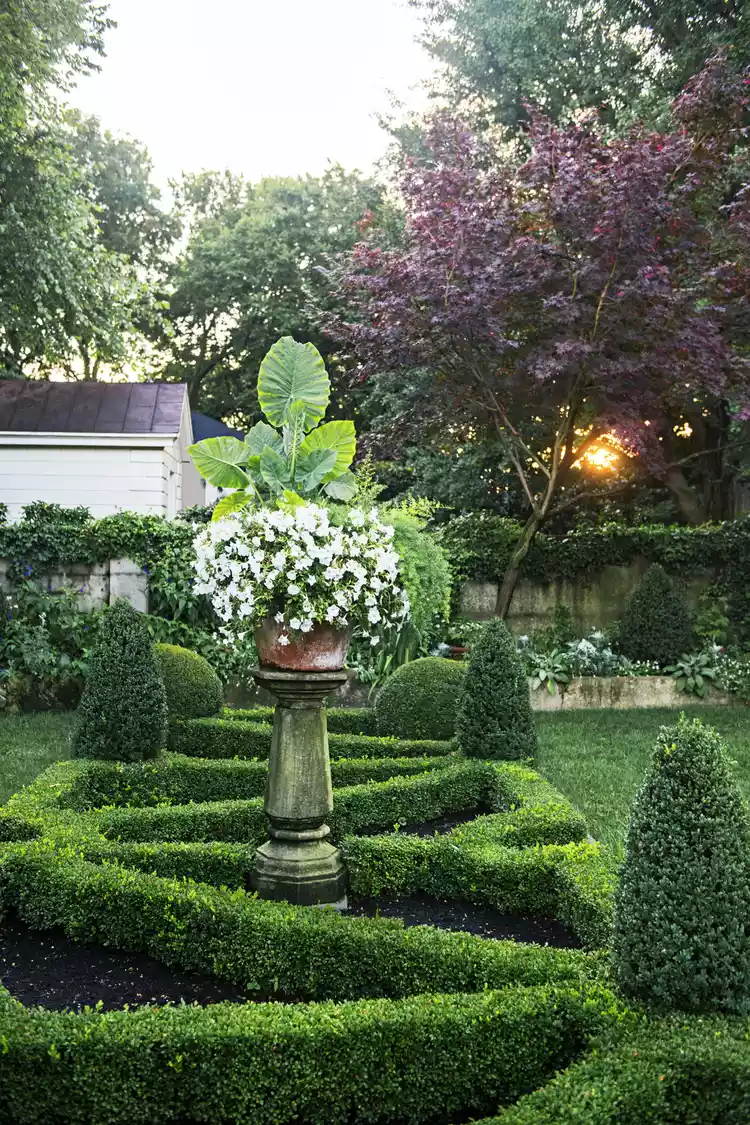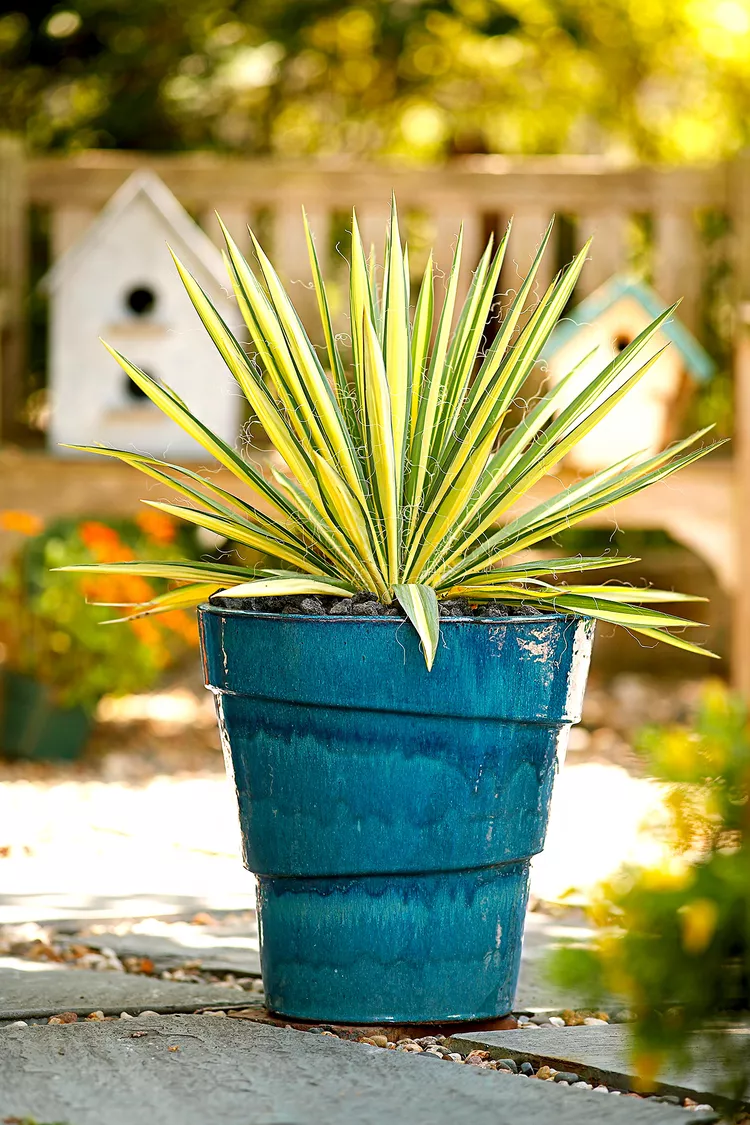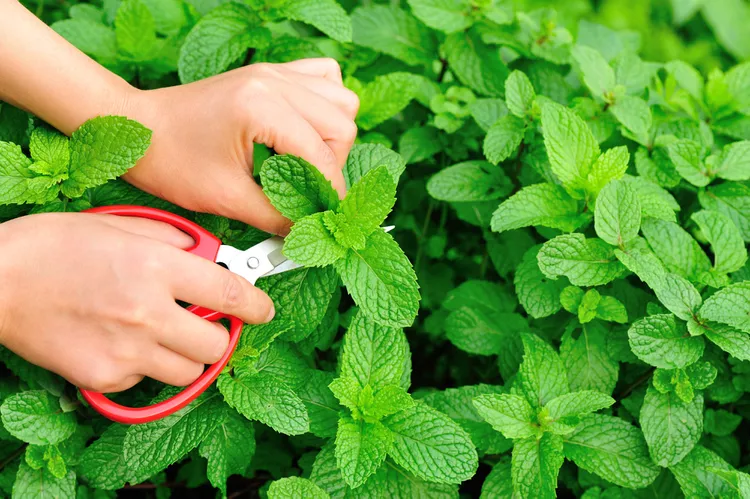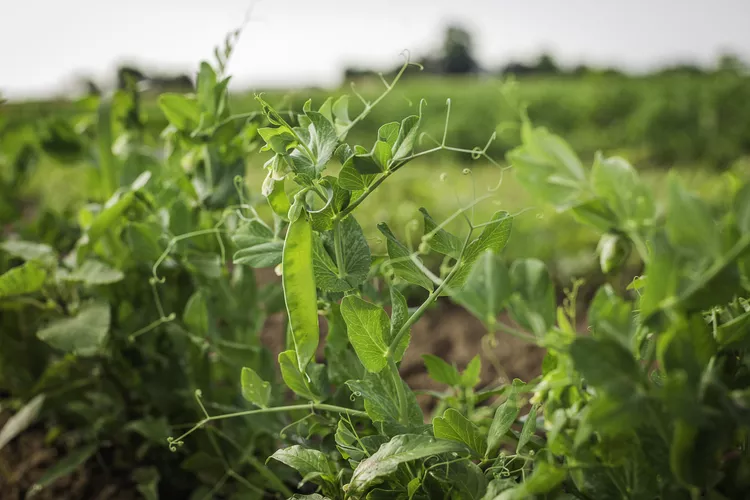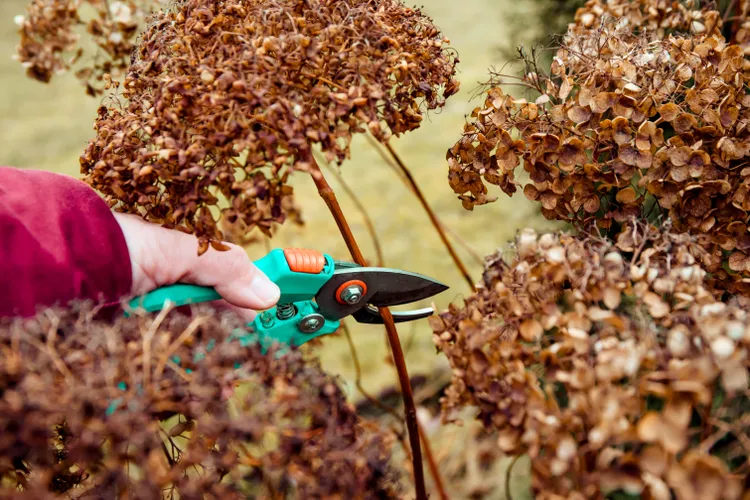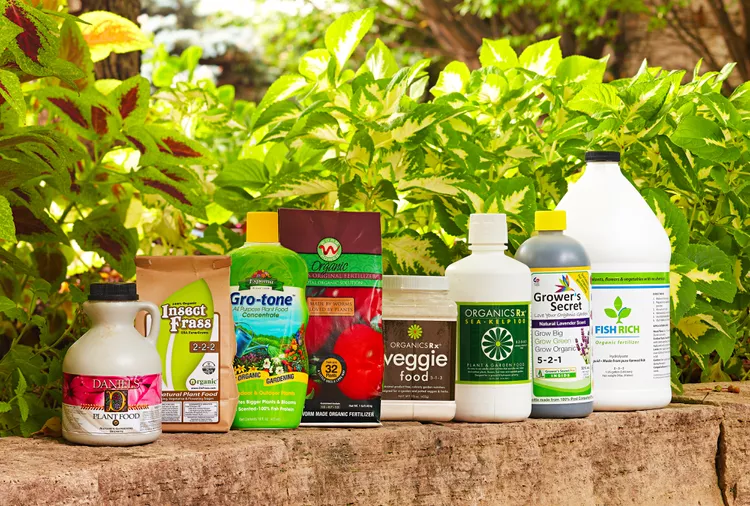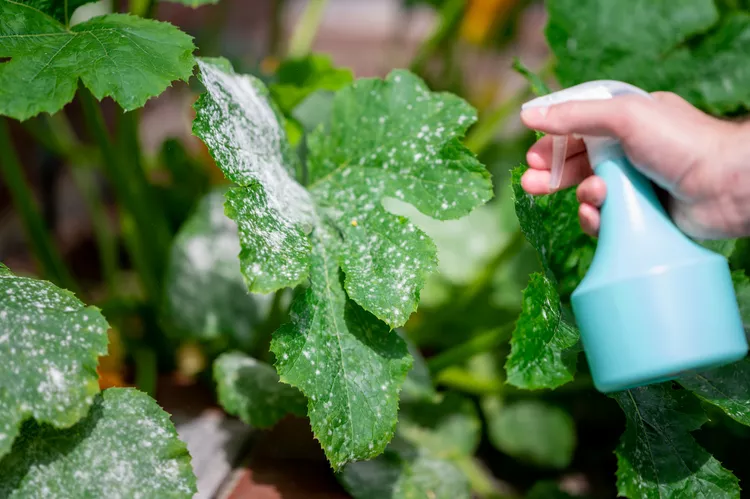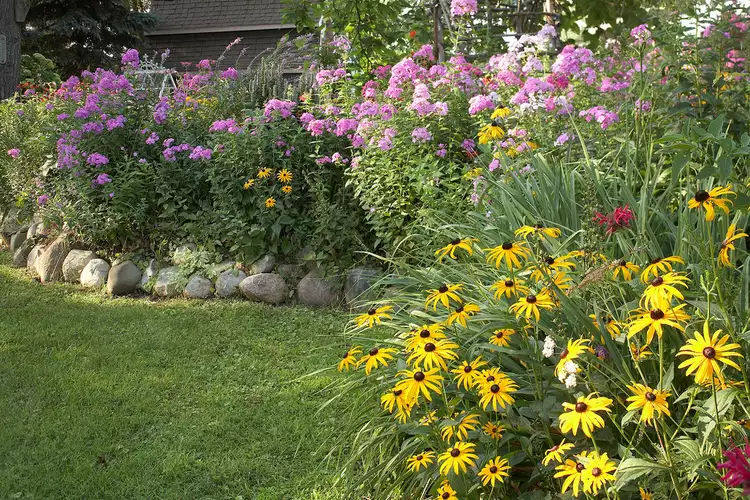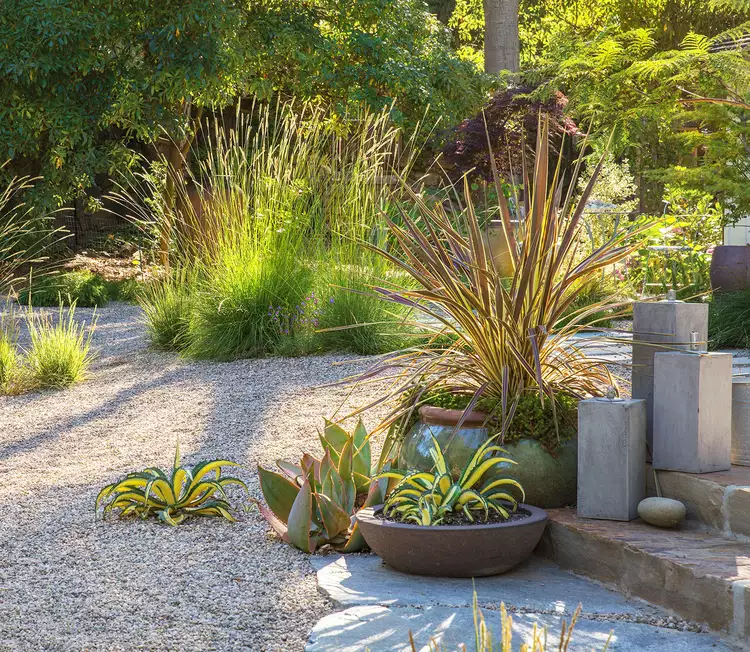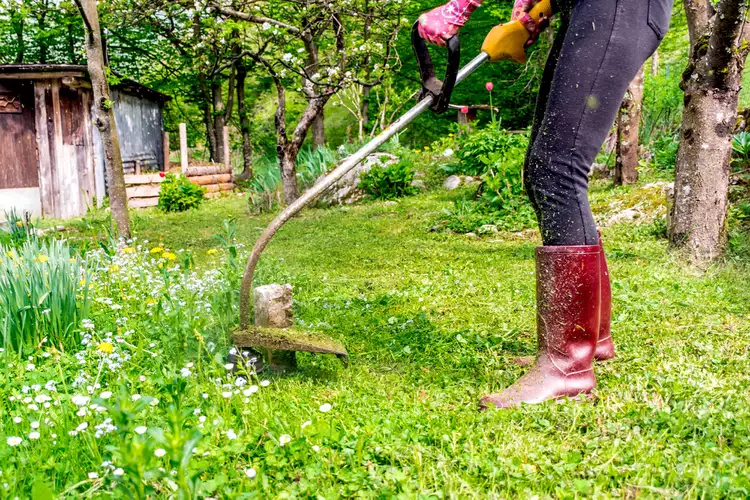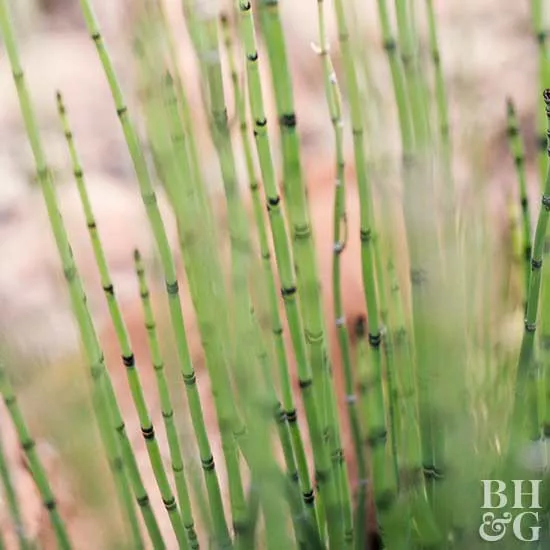Knowing how to prune lavender is an important part of keeping this plant healthy and looking its best. The right timing when to prune lavender is also key, but don't worry, pruning this herb isn’t too tricky. A little careful trimming rejuvenates your plants and provides you with armloads of fragrant lavender for recipes, crafting, and flower arrangements.
This guide will help you time your pruning efforts appropriately and make the best cuts.
Why Prune Lavender?
Pruning lavender each year provides several benefits, including:
- Refining the shape of the plants
- Encouraging bushier growth
- Producing more flowers
- Preventing woody and leggy stems with sparse growth
If this does not furnish you with enough reasons to prune lavender, pruning is also the easiest way to get lots of fresh lavender for recipes such as lemon-lavender cookies and herbal tea, as well as for homemade bath bombs, potpourri, eye pillows, and more.
When to Prune Lavender
Prune lavender plants at least once a year, although some gardeners prune them two or three times in a single growing season.
Pruning After the Bloom
The most important time to prune lavender is immediately after the plant flowers in summer to early fall, although you may want to give your plants a second pruning later in the season if they produce an additional flush of flowers.
Because pruned lavender is more susceptible to winter damage, stop pruning your lavender plants six weeks before your area's first frost date.
Pruning in Spring
Pruning lavender in the spring is also possible but this can be tricky, especially with deciduous varieties. Lavender plants often won't grow when they are cut back into their woody sections. For this reason, if you prune lavender in spring, always wait for new leaves to sprout to avoid cutting into the woody section of the plant.
When growing lavender as a houseplant, a single pruning in spring is usually sufficient.
Pruning First-Year Plants
While pruning is the most important for mature plants, first-year lavender plants also benefit from pruning. It allows you to shape the plant more easily, and pruning will encourage more vigorous growth and bushier stems.
There is no need to throw out the cuttings; use the stem cuttings to propagate your lavender shrubs and produce new lavender plants for your garden for free.
5 Steps for Pruning Lavender
If you’re new to pruning lavender, it’s often easiest to begin with a late-summer to early-fall pruning. You can always follow up with a spring pruning if you need to refine the look of the plant further.
The following steps work well on any kind of lavender, although you may want to be less aggressive with your pruning cuts if you grow French or Spanish lavender varieties.
1. Choose the Right Time to Prune
The best time to prune lavender is usually immediately after the plant stops flowering, usually in late summer to early fall. Don’t prune lavender too late in the season, as plants pruned right before frost are most susceptible to cold damage.
It’s best to prune plants on dry days and early in the morning because pruning cuts form a callus quicker under these conditions, and plant diseases are less likely to gain entry.
2. Clean Your Tools
Before pruning lavender, always disinfect your tools with rubbing alcohol to prevent the spread of plant diseases. You may also want to sharpen the blades before you work to ensure neat, clean cuts.
3. Cut the Green Stems
Gather up a section of lavender stems in one hand and cut them off with pruners at least 2 to 3 inches above where the woody section of the plant begins. Continue this process, gathering up and pruning away lavender stems until you’ve cut the plant down by about one-third.
If you’re working with only a few lavender plants, this is easy enough to do with pruners, but you may want to use shears for a large shrub or hedge.
Make pruning cuts only in the green sections of lavender plants. If you cut into the woody sections, there’s a good chance the plant won’t regrow. Only remove woody sections of the plant if they’re damaged or spoil the overall form of the lavender.
4. Shape the Plant
As you work, try to maintain the rounded look of the lavender plant by trimming stems slightly shorter toward the perimeter of the plant and leaving them a bit longer at the plant’s center. This creates a refined, mounded plant silhouette, but don’t worry too much about making your cuts perfect.
5. Do a Follow-Up Trimming
While it’s not strictly necessary if you prune your lavender in the fall, you may want to lightly trim it again in spring to clean up the lines of the plant and remove any winter-damaged stems. Just keep in mind that spring pruning may diminish the amount of flowers your plant produces, so it’s best to prune early before flower buds appear.
Spring pruning should only occur after the plant begins to sprout new leaves. Pruning deciduous lavender plants before they begin to leaf out is difficult, and you run the risk of cutting into the woody sections of the plant.
Can Woody Lavender Be Saved?
Most often, the suggested remedy for woody lavender is to pull out the plant and start over. There’s no doubt that rehabbing woody lavender takes some time, and it isn’t always successful. However, if you’re willing to take a chance on an old lavender plant, it may just be worth it.
Rejuvenating woody lavender is usually performed over the course of three or four years. Instead of pruning the entire plant back at one time, the lavender plant should be pruned section by section, allowing the plant to recover for several months between prunings. It’s best to prune woody lavender in spring by cutting stems down by one-third to one-half. Make the cuts in the green sections of the plant and only cut into the woody sections if you need to remove dead or damaged branches.
